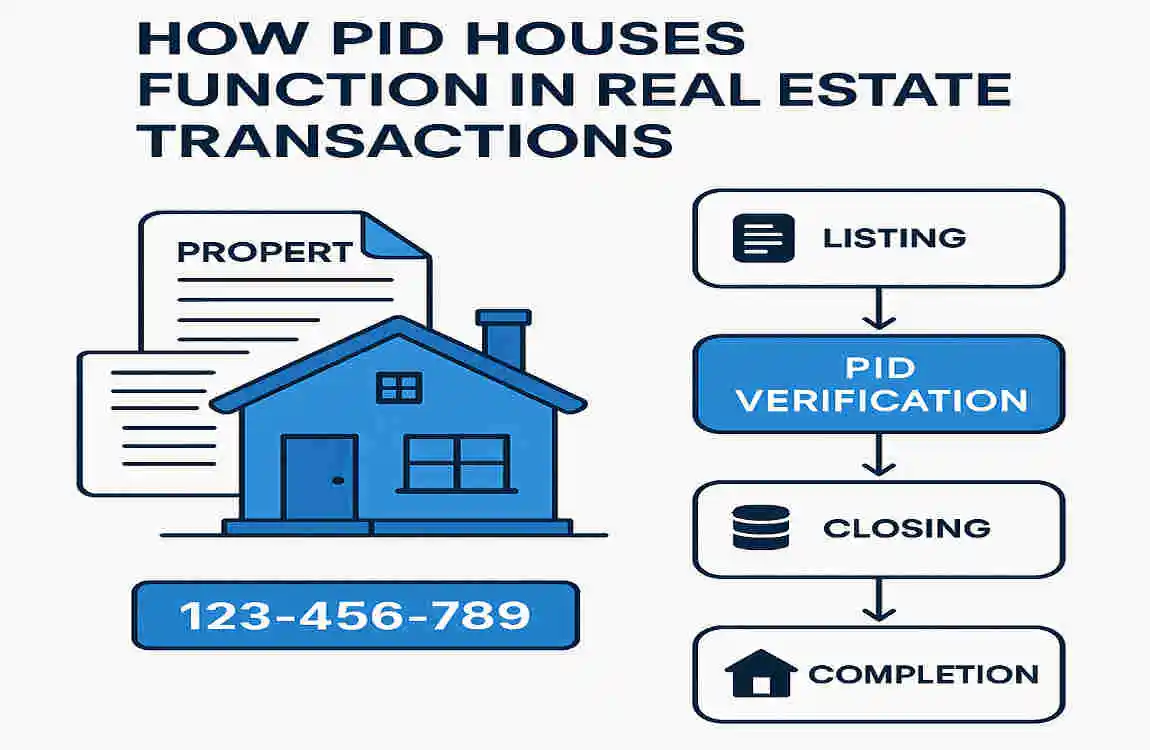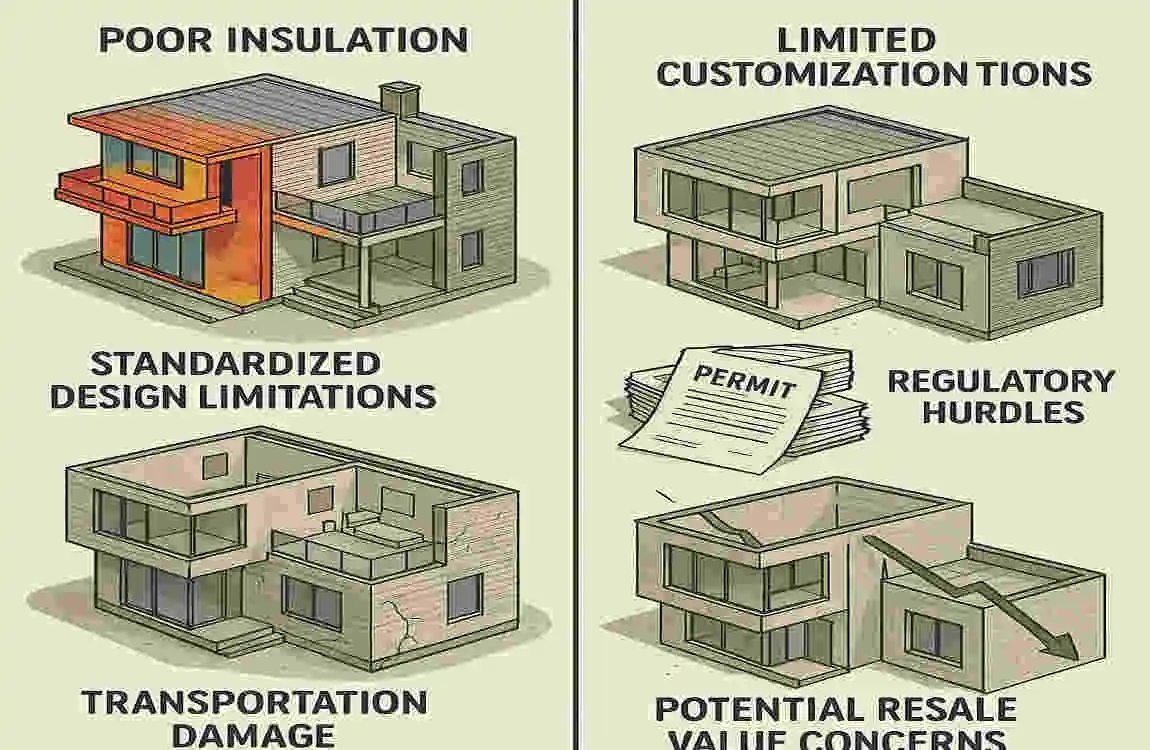Navigating the real estate market can feel overwhelming, especially when you encounter unfamiliar terminology that seems crucial to your property purchase. One term that frequently appears in property documentation is “PID house,” and understanding what it means could save you from potential headaches down the road.
So, what is a PID house in real estate? Simply put, a PID house is a residential property assigned a unique Property Identification Number (PID) by government authorities or land registry offices. This identifier serves as the property’s “fingerprint” in official records, distinguishing it from every other piece of real estate in the jurisdiction.
Understanding PID houses matters whether you’re a first-time homebuyer, a seasoned investor, or someone simply curious about property ownership. This unique numbering system plays a vital role in property transactions, legal documentation, and ownership verification. Getting familiar with how PID works can help you make informed decisions and avoid costly mistakes.
We’ll walk you through everything you need to know about PID houses. We’ll explore what they are, how they function in real estate transactions, their benefits and potential drawbacks, and practical tips for verifying PID information when buying property. By the end, you’ll have a solid grasp of this critical concept and feel more confident in your real estate journey.
Understanding the Concept of PID Houses

What Exactly Is a PID House?
A PID house is any residential property that has been registered with local or regional land authorities and assigned a unique Property Identification Number. Think of this number as a Social Security number for your property—it’s a permanent identifier that stays with the land and the building throughout their existence.
The PID number typically consists of a series of digits that encode information about the property’s location, lot designation, and registration details. This isn’t just a random string of numbers; it’s a carefully structured code that connects directly to official land registry databases.
Origins and Historical Context
The concept of property identification numbers emerged from the need to create organized, searchable property records. Before computerized systems, tracking property ownership and boundaries was chaotic and prone to errors. Government agencies recognized that assigning unique identifiers would streamline record-keeping and reduce disputes.
Different countries and regions developed their PID systems at various times, with some jurisdictions implementing them decades ago while others adopted them more recently. The push toward digitization in the late 20th and early 21st centuries accelerated PID adoption worldwide.
How PID Numbers Work
When a property is first registered or subdivided from a larger parcel, the land registry office assigns it a PID number. This number becomes the primary reference point for all future transactions, legal documents, and official records related to that specific property.
The PID number helps identify:
- The exact legal boundaries of the property
- The property’s location within the jurisdiction
- Its registration history and sequence
- Any associated legal documents or encumbrances
PID Houses vs. Other Property Types
While we’re focusing on PID houses, it’s worth noting that the PID system applies to various property types. A residential home with a PID functions the same way as a commercial building, vacant lot, or condominium unit with a PID—each receives its unique identifier.
The key difference lies in how the property is classified and used, not in the identification system itself. However, condominiums sometimes have additional strata or unit numbers that work alongside the PID to identify individual units within a larger building.
How PID Houses Function in Real Estate Transactions

Now that you understand what a PID house is, let’s explore how this identification system actually works when you’re buying or selling property.
The Role of PID in Property Registration
When you purchase a house, the PID number becomes central to the entire transaction process. Your lawyer or conveyancer will use this number to conduct title searches, verify ownership, and ensure there are no hidden liens or claims against the property.
The PID connects your property to a comprehensive file in the land registry system. This file contains critical information, including current and previous owners, mortgages, easements, restrictive covenants, and any legal house disputes or claims. Without the PID, accessing this information would be nearly impossible.
Verifying Ownership and Boundaries
One of the most valuable functions of the PID system is confirming exactly what you’re buying. The PID links directly to survey plans and legal descriptions that define your property’s precise boundaries. This prevents disputes with neighbors about fence lines, driveways, or shared spaces.
When title insurance companies assess risk, they rely heavily on PID-linked documentation. The more precise and accurate the PID records, the smoother your transaction will proceed and the better home protection you’ll have against future claims.
The Process of Obtaining a PID
If you’re wondering how properties receive their PID numbers, the process typically unfolds like this:
Step 1: A property owner or developer applies to subdivide land or register a new property with the local land registry office.
Step 2: The application includes detailed survey plans, legal descriptions, and supporting documentation about the property’s characteristics and location.
Step 3: Government surveyors and registry officials review the application to ensure it meets all legal requirements and doesn’t conflict with existing properties.
Step 4: Once approved, the land registry assigns a unique PID number and house issues an official title document linking it to the property’s legal description.
Step 5: The PID becomes the permanent identifier for that property in all future transactions and official records.
Regional Variations in PID Systems
Different countries and regions have developed their own approaches to property identification. In Canada, particularly British Columbia, the PID system is well-established and widely used. Each property receives a nine-digit PID that serves as its primary identifier in the Land Title and Survey Authority database.
In the United States, systems vary by state and county. Some jurisdictions use Assessor’s Parcel Numbers (APNs), while others employ different identification schemes. Australia uses similar property identification systems managed by state-based land registries.
Understanding your local system is crucial because the terminology and processes may differ slightly, even though the underlying concept remains the same.
Benefits of Buying a PID House

Property Purchasing with a properly registered PID offers numerous advantages that protect your investment and simplify the transaction process.
Enhanced Transparency
When you’re considering a PID house, you gain access to a wealth of verified information. The PID acts as a key that unlocks comprehensive property records, giving you clear visibility into what you’re buying.
You can review the complete ownership history, see any registered liens or mortgages, and understand any restrictions or easements affecting the property. This transparency empowers you to make informed decisions rather than relying solely on what the seller tells you.
Reduced Fraud Risk
Property fraud remains a serious concern in real estate markets worldwide. Scammers sometimes attempt to sell properties they don’t own or misrepresent property boundaries and characteristics. The PID system creates a robust defense against these schemes.
Because the PID links directly to official government records showing legal ownership, it’s tough for fraudsters to manipulate the system. Your lawyer can quickly verify that the person selling the property actually has the legal right to do so by checking the PID-linked title records.
Complete Property History Access
Every transaction, mortgage, and legal action involving the property gets recorded against its PID. This creates an invaluable historical record that helps you understand the property’s past.
Has the house changed hands frequently? Are there patterns of legal disputes? Have previous owners taken out multiple mortgages? The PID-linked records reveal these details, helping you spot potential red flags before committing to a purchase.
Smoother and Faster Transactions
Real estate transactions involve significant paperwork and verification processes. The PID system streamlines these procedures considerably. Instead of manually searching through filing cabinets or dealing with ambiguous property descriptions, your legal team can instantly pull up all relevant documentation using the PID.
This efficiency translates to faster closing times, reduced legal fees, and fewer complications during the transaction process. When everyone involved—buyers, sellers, house lawyers, and lenders—can reference the same standardized identifier, communication becomes clearer and errors decrease.
Potential Drawbacks or Challenges with PID Houses

While the PID system offers substantial benefits, it’s not without potential complications that buyers should understand.
Outdated or Inaccurate Data
Land registry systems depend on people submitting accurate information and keeping records up to date. Sometimes property changes occur without proper registration. Renovations extend a house beyond its registered boundaries, or informal house agreements between neighbors may create situations that don’t match official records.
When PID data becomes outdated, it can create confusion and potential legal issues. You might discover that the fence you thought marked your property line is actually several feet off from the legal boundary shown in the PID records.
Coverage Limitations
In some jurisdictions, particularly rural or remote areas, not all properties have been assigned PIDs yet. Older properties registered before PID systems were implemented may still use legacy identification methods.
If you’re considering a property without a PID or with incomplete PID documentation, proceed with extra caution. You’ll need to invest more time and resources into verifying ownership and boundaries through alternative means.

